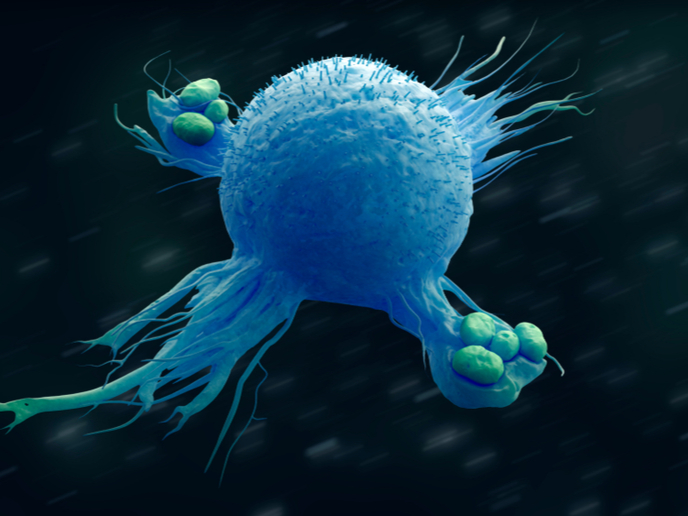Improving artificial tissues
To construct artificial tissue, the field of tissue engineering combines engineering principles, cell biology and materials science. Apart from the mechanical and structural properties of these new tissues, central to their function is the supply of nutrients and oxygen through adequate vascularisation.Endothelial progenitor cells circulating in the blood constitute a potential autologous cell source for neovascularisation of tissue engineering constructs. However, successful biomaterial implantation is subject to the scrutiny of the immune system. Based on this, the EU-funded RTSAPA project aimed to identify the critical immune pathways involved in angiogenesis and investigate how they impact angiogenesis and tissue regeneration.Innate immune recognition relies on pattern recognition receptors (PRR), which recognise broad classes of molecular structures common to groups of microorganisms. Toll-like receptors (TLR) are one of the largest and best studied families of PRRs and have been linked with angiogenesis.To investigate the complexity of angiogenesis in vitro, researchers developed a co-culture system between endothelial cells and osteoblasts. The formation of new vessels was quantified using fluorescent and confocal microscopy. This method was used to evaluate the effect of specific TLR activation on angiogenesis.Results indicated that stimulation of TLR3 – the receptor that recognises double-stranded RNA encountered in many viruses – promoted vascularisation. Similarly, activation of the TLR4 receptor which recognises the lipopolysaccharide structure of gram-negative bacteria also increased microvessel formation in the co-culture system. The expression of certain angiogenesis-related cytokines (IL-6 and IL-8), growth factors (VEGF, PDGF-BB) and adhesion molecules (ICAM-1, E-selectin) was concomitantly increased.The evidence generated during RTSAPA improves our understanding on the involvement of TLR signalling pathways in angiogenesis and potentially tissue regeneration. Clinical exploitation of this information could lead to the use of TLR agonists to promote angiogenesis in bone tissue engineering and regenerative medicine.







